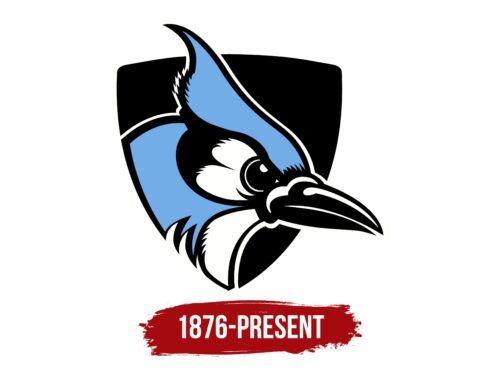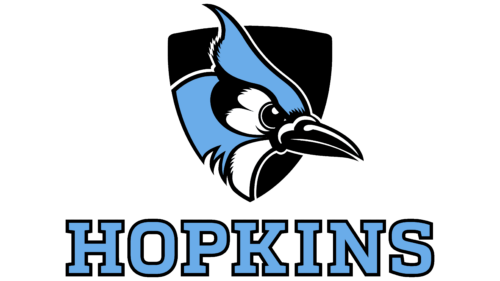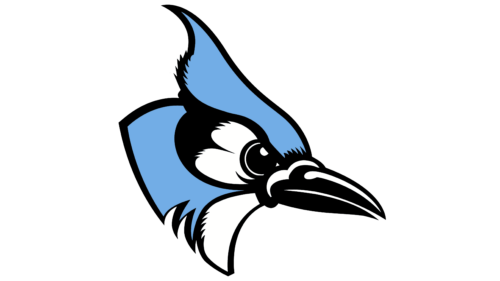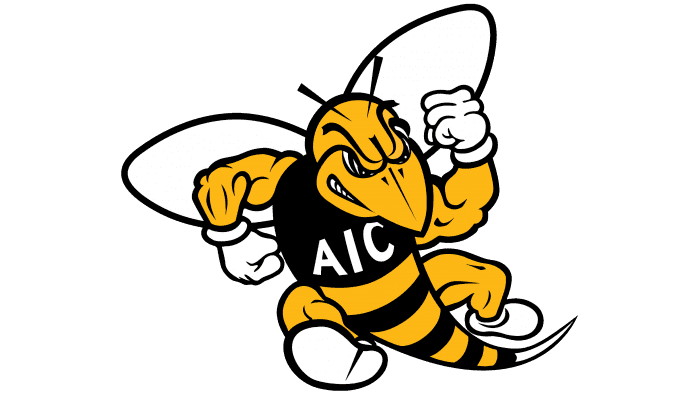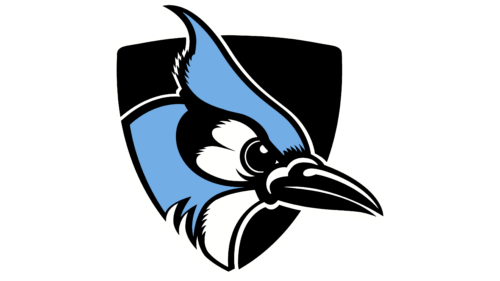 Johns Hopkins Blue Jays Logo PNG
Johns Hopkins Blue Jays Logo PNG
The Johns Hopkins Blue Jays logo is an example of using animal mascots as a visual symbol. The emblem reflects characteristics inherent to the team’s players, such as agility, maneuverability, and speed.
Johns Hopkins Blue Jays: Brand overview
| Founded: | 1976 |
| Headquarters: | Baltimore, Maryland, U.S. |
| Website: | hopkinssports.com |
Johns Hopkins Blue Jays is the name of 24 teams across 14 sports at Johns Hopkins University. The Johns Hopkins Blue Jays logo can be seen at NCAA, Centennial Conference Regular Season, and ECAC games.
The university’s first team (women’s lacrosse) was assembled in the year of its founding (1976). Over the next few years, activities in soccer (1881) and men’s lacrosse (1983) were also organized. Men’s lacrosse is the most promising direction. Over the years, the team has won more than 44 prestigious awards. The main training sessions for the players take place at Homewood Field, built in 1906.
Meaning and History
The team’s logo in its modern form appeared after 2013 when the university underwent a rebranding of its visual identity and began using a shield. At that time, the sports department slightly modified its own logo to match the new style.
The emblem features a dark window, stylized as a shield, which is depicted on the university’s logo and seal, with the head of a bird peeking out.
The history of the bird’s appearance in the life of the Johns Hopkins Blue Jays is quite unusual. The university stands out for its special attitude towards printing. Its own publishing house was opened in 1878, just two years after the university’s founding. One of the student publications still in existence is the “Black and Blue Jay” – a satirical magazine first printed in 1920.
What is Johns Hopkins Blue Jays?
The sports movement of Johns Hopkins University is renowned for its lacrosse, soccer, fencing, and volleyball teams. It started with the opening of the university in 1876.
The magazine’s name originated from the university’s primary colors – black, blue, and white. The word “Jay” is the pronunciation of the first letter of Johns Hopkins’ name and can also be translated as “blue jay.” The sports team was initially called “Black and Blue.” When the magazine became popular, the athletes began to be associated with blue jays by the public. Eventually, the nickname became so entrenched that it became the team’s official name.
The team’s mascot is a bird, the true form of which is called the blue jay (Cyanocitta). This songbird’s habitat coincides with the state of Maryland, where the athletes perform. The blue jay is characterized by its agility, cunning, and theatricality. It can imitate the voices of predators, which scares away its competitors. Thus, the choice of the blue jay as a mascot highlights the athletes’ talent, resourcefulness, and agility.
The bird’s head, peeking out from the window, demonstrates natural curiosity and readiness to show itself to the world. Athletes are often the ones to leave the university’s territory to represent the institution on the fields of other teams in the state and country. The farthest trip was by the baseball players who played in the Soviet Union in 1988.
Font and Colors
The main colors correspond to those used by the university:
- Blue – represents dreams, lightness, and maneuverability.
- Black – embodies monumentality and resilience, emphasizing the teams’ long-standing existence.
- White – symbolizes honesty, fairness, the ability to start from scratch, and achieve good results.
The team’s logo does not have a wordmark. Sports require players to be constantly in motion. In this context, an image is more easily perceived than a text. In the early versions of the emblem, the inscription “Hopkins” or just the letter “H” was used to indicate the athletes’ affiliation with JHU.
Johns Hopkins Blue Jays color codes
| Black | Hex color: | #000000 |
|---|---|---|
| RGB: | 0 0 0 | |
| CMYK: | 0 0 0 100 | |
| Pantone: | PMS Process Black C |
| Ruddy Blue | Hex color: | #3fc2cc |
|---|---|---|
| RGB: | 114 173 230 | |
| CMYK: | 50 25 0 10 | |
| Pantone: | PMS 292 C |
